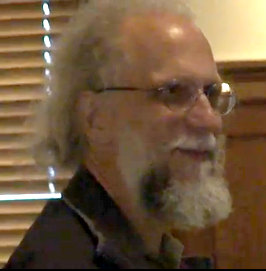 Dr. Noll made the case for the cost-effectiveness of solar energy
through, among other things, an analogy to finaninc buying a car.
Dr. Noll made the case for the cost-effectiveness of solar energy
through, among other things, an analogy to finaninc buying a car.
First Dr. Noll thanked people who had supported WACE’s anti-biomass work, and hoped people had had time to read his recent LTE in the VDT, Waste Not, Want Not. Then he addressed Commissioner Raines’ comments of the previous day. Dr. Noll pointed out that solar is fast becoming less expensive and with financing costs little more than a car or truck.
Here’s the video:
Solar is cost-effective —Dr. Noll @ LCC 13 September 2011
Regular Session, Lowndes County Commission (LCC),
Valdosta, Lowndes County, Georgia, 13 September 2011.
Videos by Gretchen Quarterman for LAKE, the Lowndes Area Knowledge Exchange.
-jsq





 For a year I’ve been asking for a list of jobs attracted by the
Authority. We welcome your marketing expertise so we’ll know
the Authority’s successes!
For a year I’ve been asking for a list of jobs attracted by the
Authority. We welcome your marketing expertise so we’ll know
the Authority’s successes!

